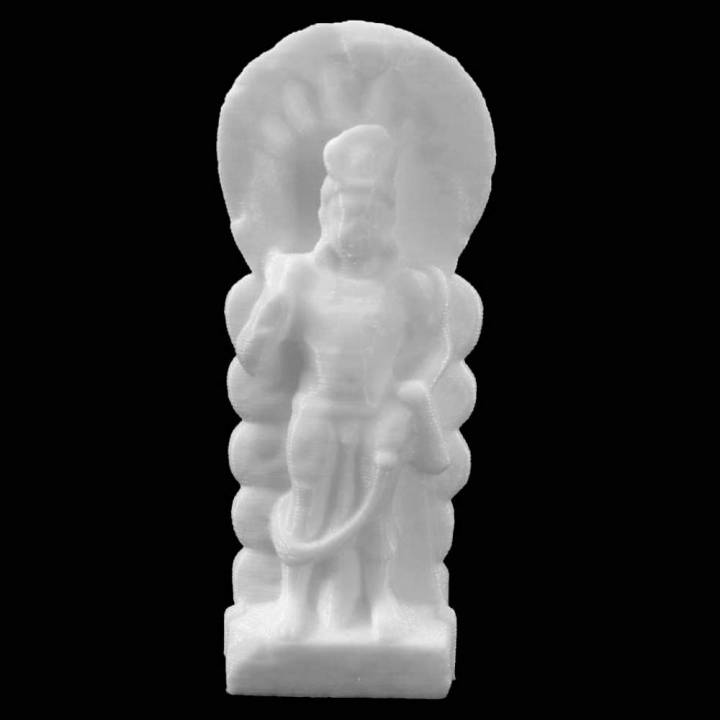
Reklama
3D tiskárny



AONN.cz
Sp┼Ö├ítelen├ę Weby
|
3D modely ARTBodhisattva under an Eight Headed Naga at The Art Institute of Chicago, Illinois

In Mahayana Buddhism, bodhisattva is the Sanskrit term for anyone who, motivated by great compassion, has generated bodhicitta, which is a spontaneous wish to attainbuddhahood for the benefit of all sentient beings. A bodhisattva is one of the four sublime states a human can achieve in life (the others being an arhat, buddha orpratyekabuddha). Usage of the term bodhisattva has evolved over time. In early Indian Buddhism, for example, the term bodhisattva was primarily used to refer specifically to Gautama Buddha in his former lives. The Jataka tales, which are the stories of the Buddha's lives, depict the various attempts of the bodhisattva to embrace qualities like self-sacrifice and morality. N─üga is the Sanskrit and Pali word for a deity or class of entity or being, taking the form of a very great snake, specifically the king cobra, found in Hinduism, Buddhism, Jainism and Sikhism. A female n─üga is a n─üg─ź or n─ügiß╣ç─ź. Traditions about n─ügas are also very common in all the Buddhist countries of Asia. In many countries, the n─üga concept has been merged with local traditions of great and wise serpents or dragons such as the Burmese nat. In Tibetan religion, the n─üga was equated with the klu that dwell in lakes or underground streams and guard treasure. In China, the n─üga was equated with the Chinese dragon. The Buddhist n─üga generally has the form of a great cobra, usually with a single head but sometimes with many. At least some of the n─ügas are capable of using magic powers to transform themselves into a human semblance. In Buddhist painting, the n─üga is sometimes portrayed as a human being with a snake or dragon extending over his head. One n─üga, in human form, attempted to become a monk; when telling it that such ordination was impossible, the Buddha told it how to ensure that it would be reborn a human, able to become a monk. (Credit; Wikipedia) n├íhodn├Ż v├Żb─Ťr model┼»
|
©Ofrii 2012
| |||